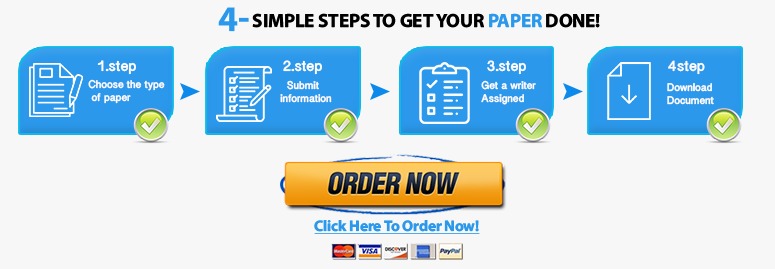Anne Mulcahy: Leading Xerox through the Perfect Storm Suggested Assignment Question IV. October 23, 2000 decision point: 7. As Mulcahy’s advisor, what course of action would you recommend? Stay the course with limited changes? Make deep cuts in R&D and SG&A? Or seek Chapter 11 bankruptcy protection for reorganization purposes?
8- does not answer the specific question being asked of the risks and consequences regarding question number 7.
9- we cannot assume that we know how Mulcahy resolves the problems. We are not supposed to look ahead at the final result.
10- explain which sales you are referring to in the sentence that starts with for instance.
FIN380 – Cases in Financial Decision-Making, Section 802
Professor Jeffrey Bierman, CMT
Case Study:
Anne Mulcahy: Leading Xerox through the Perfect Storm
Suggested Assignment Question
IV.
October 23, 2000 decision point:
7.
As Mulcahy’s advisor, what course of action would you recommend? Stay the course
with limited changes? Make deep cuts in R&D and SG&A? Or seek Chapter 11 bankruptcy
protection for reorganization purposes?
8.
What are the consequences and risks of each option?
V. Twin problems of bank debt & SEC investigation:
9.
How can Mulcahy get these on-going problems resolved? Can her personal involvement
make a difference?
10.
Is there a linkage between the two issues? Can one be solved without the others
BELOW QUESTIONS NEED TO BE EDITED
Consequences and Risks of the 3 strategies listed on page 12 not —> Twin Problem of Bank Debt and SEC Investigation
Q8 Twin problem is an economic term that refers to simultaneous crises in banking and currency whereas the SEC investigation is the enforcement division which aid in execution and commissioning of laws enforcement functions. The first risk and consequences associated is real depreciation. Due to the fact that a number of agents for instance those in non-tradable sectors had denominated their debts during the prosperous years, the depreciation insinuates dramatic balance sheet impacts. This has actually attributed to reduction in the ability to service debt and in deescalating the net worth as well as their revenues remain flat. PERHAPS, ADD THIS TO QUESTION 10
How Ongoing Problems Can Be Solved
Q9 According to Mulcahy, she resolved the problems by forewarning the investors and security analysts of the impending losses by courageously stipulating that business model is unsustainable as a way of barring the problem. Here are some of the solutions Mulchy employed to curb the situation, her company implemented asset sales of “live wood” and painful cost cutting with an aim of reestablishing its market share and the brand of the business, Xerox. In order to save the company from crumbling, despite the long-term ramifications, the company resorted to make deep cuts in R&D, heightening their field sales and services including product development. The company also initiated turn-around plan to come out of bankruptcy. CANNOT EXPLAIN WHAT ACTUALLY HAPPENED
Linkage between the Twin Problems of Debt Bank and SEC Investigations
Q10 There is no strong linkage between the two as SEC investigation is tasked with masking investors and companies by enforcing necessary federal security laws in most cases. SEC investigation don’t run a company. The body protects reputations and preserve key evidence in a case. Twin problems of a bank debt can be solved without SEC investigations. As mentioned earlier, to come out of the situation, the company can seek different measures. For instance, in the case Mulchy, her company implemented sales aiming at restoring its markets and initiating turn-around to combat bankruptcy. Thus, the two issues are independent of each other. It is upon the managerial staff to monitor how the business is progressing and be vigilant.


